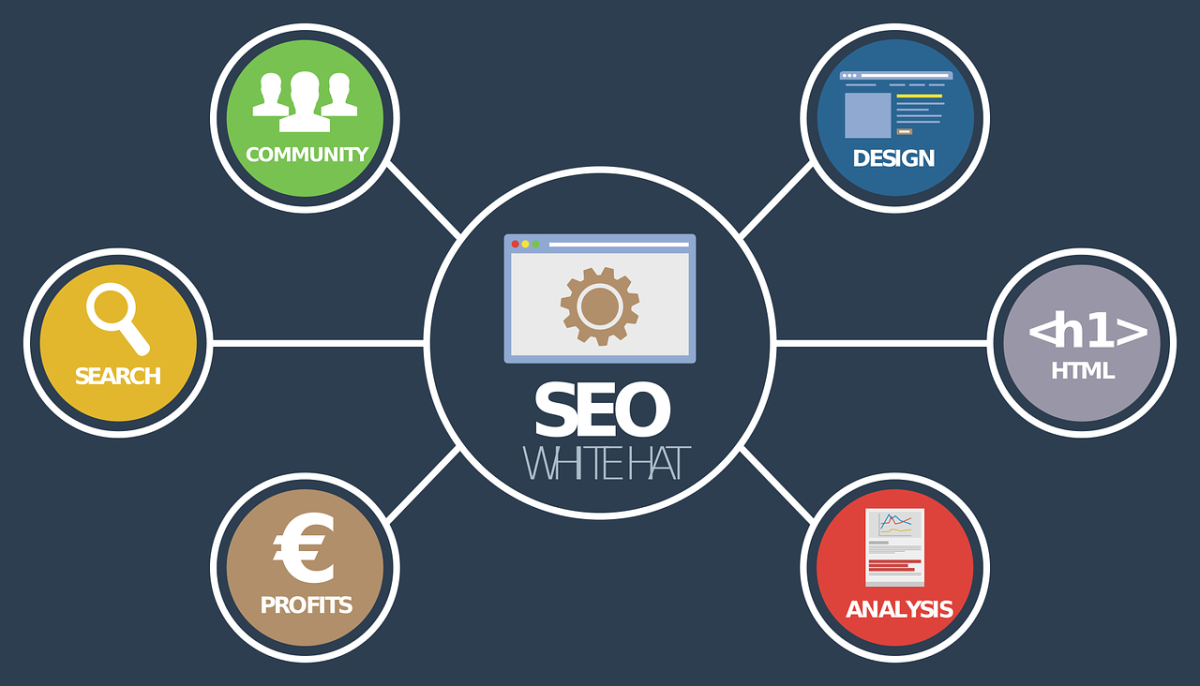The browser cache, a fundamental component of web browsing, plays a crucial yet often overlooked role in enhancing the efficiency, speed, and overall user experience of the internet. It serves as a digital storage space within web browsers, temporarily storing web page elements, such as images, HTML, CSS, JavaScript files, and other resources, locally on a user’s device.
The primary purpose of the browser cache is to expedite subsequent visits to websites by storing frequently accessed data. When a user visits a webpage for the first time, the browser downloads various elements and saves them in its cache. On subsequent visits to the same website or pages, the browser can retrieve and display cached content without needing to re-download everything from the web server. This significantly reduces load times, bandwidth usage, and server demands, resulting in faster page rendering and a smoother browsing experience.
Browser caching operates on the principle of efficiency and optimization. It leverages the concept of “HTTP caching,” where browsers and web servers communicate to determine whether a particular resource has changed since it was last accessed. This is accomplished through mechanisms like “cache-control headers” and “expiration headers” sent by web servers. These headers inform the browser about the resource’s validity and the duration it should remain cached before being considered stale and requiring a fresh download.
The benefits of browser caching are multifaceted. It enhances website performance by reducing latency and server load, particularly on high-traffic sites or for users with limited internet connectivity. Additionally, it conserves bandwidth by minimizing the volume of data transferred between the browser and server, making it particularly advantageous for mobile users and those on metered connections.
However, while browser caching significantly improves efficiency, it’s not without its drawbacks. Caching mechanisms can sometimes lead to outdated content being displayed if the cache isn’t refreshed frequently enough. This issue, known as “cache staleness,” can be mitigated by proper cache management techniques and employing cache-busting strategies like versioning URLs or utilizing cache-control directives.
Furthermore, in scenarios where users require the most up-to-date content—such as on news websites or e-commerce platforms—cache expiration settings need careful consideration to balance performance gains with content freshness.
The browser cache stands as a vital component in the realm of web browsing, optimizing internet speed, and enhancing user experience. Its ability to store and retrieve web page elements locally, thereby reducing load times and bandwidth usage, significantly contributes to a seamless browsing experience. However, careful management and configuration are necessary to strike a balance between performance optimization and ensuring users access the most recent and relevant content. As technology continues to evolve, leveraging and refining the browser cache will remain integral in shaping the future of efficient and user-friendly web experiences.









